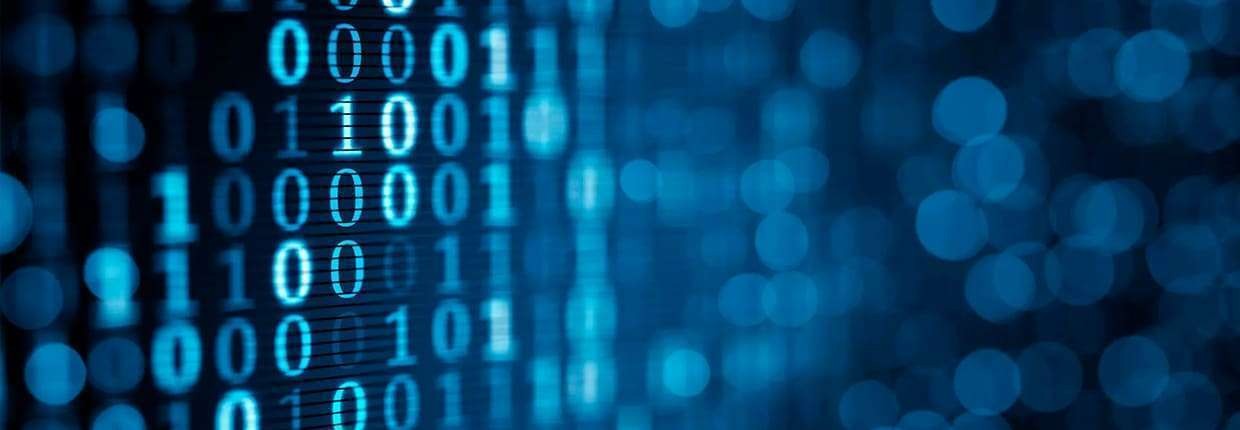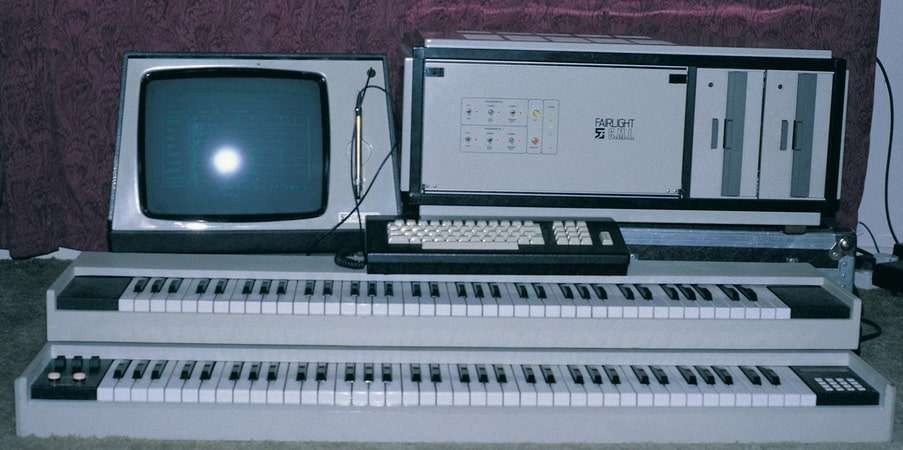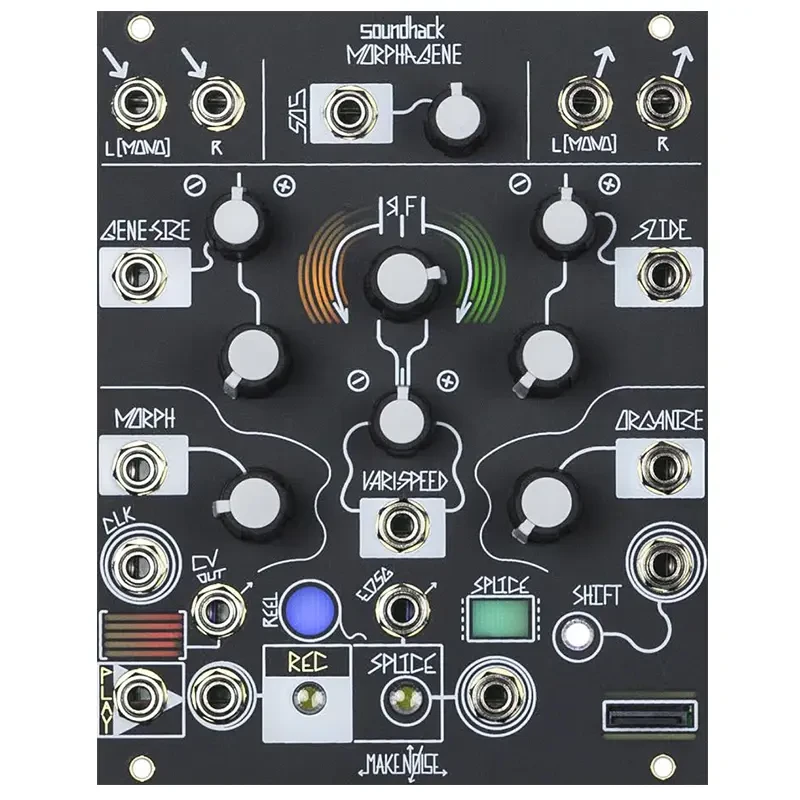Synthèse et synthétiseurs
Publié le 28/03/2022

In a small textbook called The mathematical theory of communication, Shannon and Weawer introduced several concepts that became the foundation of the digital revolution and the realization of the digital samplers.
The book, among other concepts, introduced the Sampling theorem which states that, to get all the information embedded in a band limited signal, we just need two samples per period.
This is why we had chosen the sampling frequencies of audio signals. Since we have to cope with 20KHz bandwidth, we have to sample at 40KHz minimum.
It is not by chance that the first audio samplers arrived from a Company that was working in the Telecommunication field.
The first sampler to get to the market was the Fairlight CMI. It was composed of a double keyboard, a monitor with an optical pen and a rack used to house all the lectronics. That was a very innovative system for the time being (1979).

The first units were working at 8 bit with a sampling frequency of 24KHz. Going on with the progress the CD quality (16 bit and 44,1KHz) was achieved.
The price was at about $25.000 for the basic version to get to almost $60.000 for the full optional models.
Meanwhile the technology was going ahead with big steps. Many Companies started to enter the field.
Among them Emulatorand Synclavierwere direct Fairlight’s competitors. SOme years later AKAIe Korgbrought the sampling at a price level suitable for the masses.
The DAW development and the improvements in the VSTiquality caused the end of the support for the hardware platforms to substantially leave the sampling to be handled exclusively within the DAWs with the virtual instruments.
Some synthesizer started using sampled waves as source instead of the oscillators. Roland and Yamaha were champions in this field.
Nowaday the virtual instruments market is full of systems that make use of samples capable of reproducing complete orchestras with impressive realism.
The coming back of modular systems pushed a comeback of the hardware samplers.
The Eurorack standard’s success and the attitude of modern producers convinced the modular system builders to release very interesting and versatile equipment capable of generating any sort of sound. From the traditional to the most visionaries.
The samplers, in this product category, really give space to the user’s creativity.
Let’s give a look to some examples.
The 4ms Stereo Triggered Sampler is a module capable of recording, processing and playing audio material (please keep an eye on the general definition of “audio material”).

The module can not only handle short sound snippets and loops, but recordings with a length of several hours as well.
Data is stored on a micro-SD card.
The circuit’s sample management is remarkably intuitive. For reproducing audio files, there are two well-equipped stereo players. CV inputs allow users to modulate lots of parameters.
In short: A very flexible, great sounding sampler for modular setups.
The Stereo Triggered Sampler features two audio players and a simultaneously usable recording section. The module can manage up to 600 samples. They are organized in banks with ten storage slots each. Renaming existing files isn’t necessary.
One sample can have a size of up to 4 GB, which equals a playback time of more than six hours. (Stereo format, 16 Bit and 44.1 kHz). The STS can read WAV files with a resolution of up to 32 Bit and 96 kHz. Micro-SD cards are hot-swappable.
The audio players of the STS come equipped with the following connectors and control elements:
Furthermore, each player section features an audio output. The connectors can be used in two ways:
The record section of the Stereo Triggered Sampler comes equipped with two audio inputs (left / right). Users can choose between a resolution of 16 Bit and 24 Bit. The sample rate is fixed at 44.1 kHz. A 96 kHz mode might be added in the future.
Bank and sample control elements allow users to select a storage slot.
Recordings can be started via the Rec button or a trigger input. A LED visualizes the level of incoming audio material. The Firmware can be updated via micro-SD card.
The 1010 Music Bitbox is capable of handling up to 16 audio clips in the same time.

Bitbox brings into your Eurorack musically intelligent, synchronized and simultaneous recording, playback and looping of up to 16 audio clips, in flawless 24 bit audio quality. The capacitive touch screen facilitates browsing, tweaking and loading sounds from microSD. Recorded clips are saved as WAV files, entire sets can be exported into Ableton Live.
Features:
The Make Noise Morphagene is a next generation tape and microsound music module that uses Reels, Splices, and Genes to create new sounds from those that already exist.

Some of the Morphagene’s most basic uses:
Further features are:
The three reported examples are, of course, just a small subset of the incredible possibilities offered by today's modular technology.
They give anyway a good taste of the actual possibilities. This explains the reasons of the reborn of the hardware samplers. Those are instruments put inside the modular scene to properly support the creativity of modern musicians and producers.
Rejoignez-nous dès aujourd'hui et profitez de 5% de réduction sur votre prochaine commande !

Chariot vide